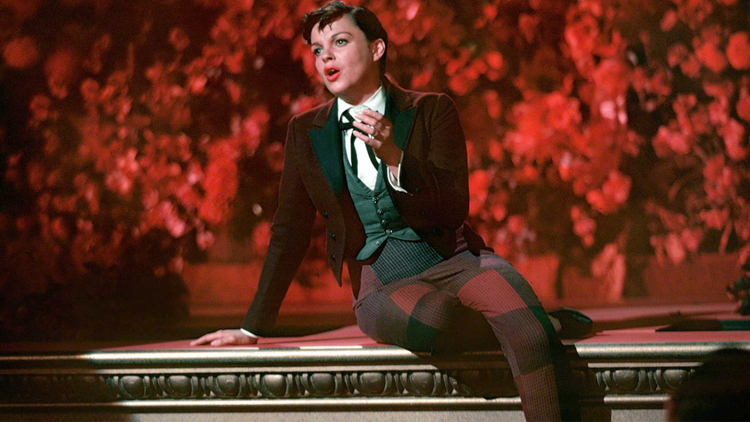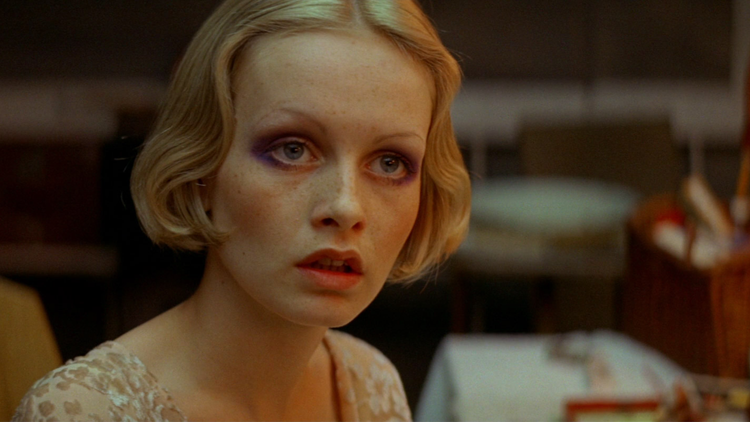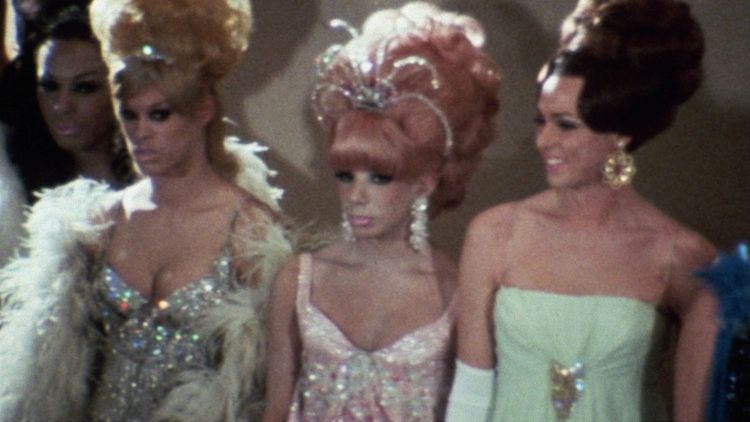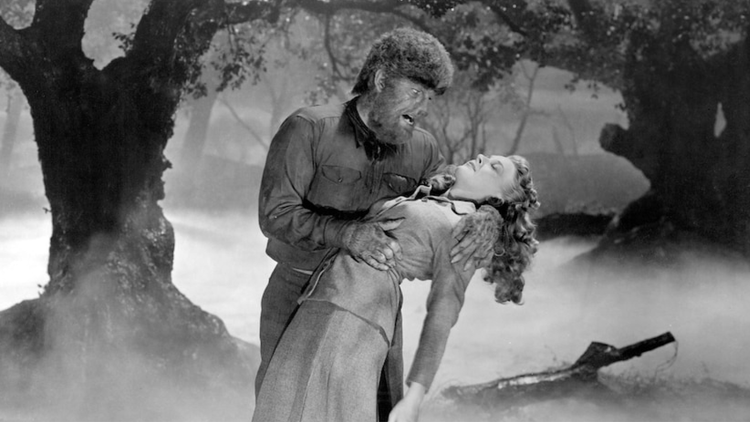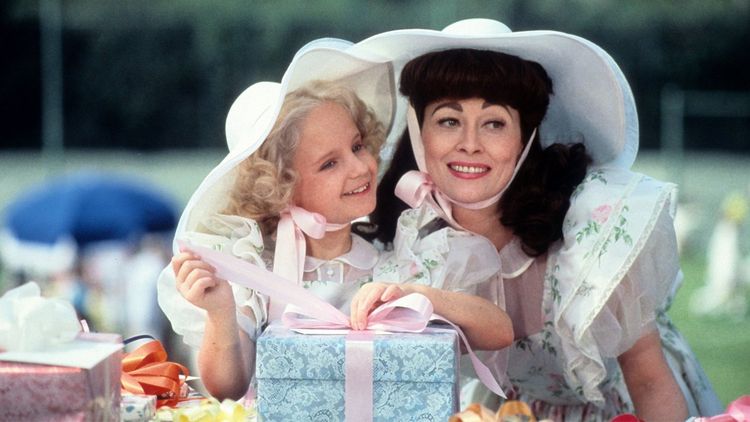A Tribute to Dad’s Movie Closet
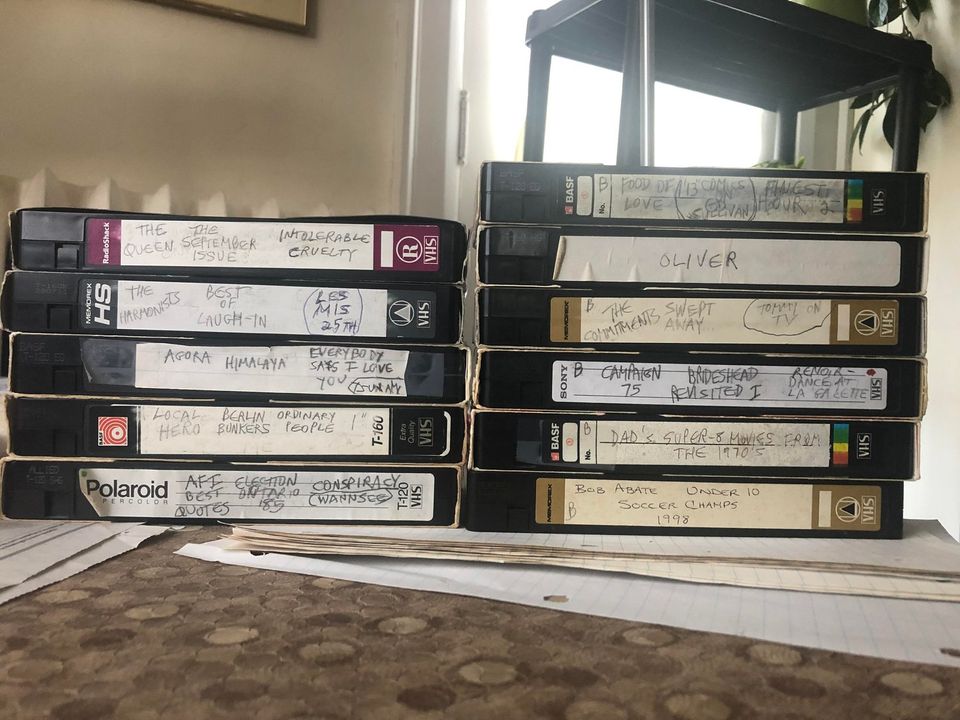
It was August 2016. While perusing the newspaper with his morning coffee, my dad took note of a particular story: Japan’s Funai Electric Co., the largest manufacturer of VCRs, announced that it would no longer produce the technology. The once-ubiquitous videocassette player that had revolutionized home entertainment before being pushed aside by DVDs and eventually streaming services would be no more. An early VCR devotee, Dad had used them throughout the decades not only to watch movies, but to record them, building a formidable collection and, in doing so, introducing our family to films both classic and… less than classic.
“An end of an era,” Dad said. He clipped the story out and taped it to the kitchen cabinet.
My father, Peter Mosher was born in 1941 and came of age during the sunset years of Hollywood’s Golden Era. When he was old enough to start going to movies with his younger brothers in tow, the studio system was already in decline. Facing competition from the newly invented television, studios placed all of their chips on the epic: Westerns as big as the Texan sky, salty tales of swashbuckling pirates and sword-and-sandal sagas of emperors and gladiators. Immersive worlds that stretched the imagination as wide as Cinemascope screens. (The situation is similar today, as Hollywood attempts to lure audiences back to cinemas with the ever-expanding “Extended Universe”.)
Not yet captured and confined by the box of TV, movies in the 1950s were something you experienced in the darkness of the theatre, often along with a newsreel, a cartoon, an adventure serial, and a travelogue.
One story that my dad told us from this era often sticks out: It was a Saturday matinee at the old Gaiety Theatre in Saint John, New Brunswick, where he grew up. The cinema was filled with kids, mostly unsupervised. Unsurprisingly, they ran wild - talking, throwing popcorn, yelling at each other and the screen. The movie, something in black and white about a girl on a farm, failed to hold their attention. Even a twister didn’t calm the cacophony of chatter.
Then, PLOP! As Judy Garland’s Dorothy Gale exited the farmhouse, stepping out of sepia and into the glorious Technicolor of Munchkin Land, everyone shut up. The hush was immediate. Dad would say it was as if every kid suddenly thought, “What the heck is this?!”
The Wizard of Oz (1939) had come out before my father was born, so it must have been one of the film’s many revivals. But years before its regular airing on TV, and decades before its much-loved VHS tapes sat in countless homes, this theatre full of kids knew nothing of its twist, let alone what would happen to Dorothy, her three companions, or the Wicked Witch of the West — who Dad found less scary than the Evil Queen in Snow White (1938), who he recalled absolutely terrifying him.
Back then, the immersive magic of movies could only be experienced in the theatre. There was no way to ‘own’ a movie and watch it whenever you wanted. The studios pumped them out at a steady capitalist clip. Some were hits and could stay in theatres for weeks or months. Others sank without a trace. Even the studios themselves didn’t care much about preserving them, with many canisters of film slowly deteriorating and forgotten in dusty warehouses somewhere in Burbank.
By the mid-1950s, the studios called off their Cold War with TV. The studio heads began allowing performers to do guest spots. The Academy Awards were first broadcast in 1953, an event which my dad pointed out ironically secured the Oscars as a pop culture event: “Before everyone got to watch it at home, who cared about a party that just a bunch of Hollywood people attended in L.A.?”
And, importantly, the cease-fire led to movies airing on TV. Particularly after my dad’s father passed away when he was a teenager, watching old movies on TV became one of the things he did with his mom. I like picturing their cozy evenings spent together in front of the blue flicker of the old TV set. Often it would be black and white, melodramatic “women’s pictures”, as they were called at the time, featuring long-suffering yet defiant heroines played by Bette Davis or Joan Crawford on their long descent (or, depending on your point of view, ascent) to camp iconography.
The 1960s came and my Dad wandered. He graduated from McGill University with a science degree and took mining jobs up north. He’d purchase used cars and drive them across the country or to the States. He happened to be driving around the Californian desert and occasionally sleeping outside at the same time the Manson Family was roaming, something he’d recall with a shiver. He taught himself world history and classic literature through paperback books. But when his mother passed away in 1968 he decided to change direction. He took a one-year journalism course at Carleton University and, incredibly, the Globe and Mail hired him as a reporter before he even completed his degree. Arriving in downtown Toronto, he recalled how he didn’t grasp the size of the place - trying to get to his accommodations on Yonge, he traversed almost the entire length of the city on foot because he hadn’t understood the absurd length of the street.
Although he never felt deep down like a Torontonian, the city would be his home for the rest of his life.
He continued to go to the movies. Years later, he’d tell our family about the revelatory experience of seeing the first Star Wars (1977) — eventually retitled Star Wars: A New Hope — on the big screen. As soon as the impossibly titanic spaceship sailed overhead across a sky covered in stars Dad felt a sense of awe. Special effects had finally caught up to the fantastical worlds of Flash Gordon and the sci-fi comic books and novels he’d grown up reading. It’s also probably why he took us often to the planetarium at the ROM prior to its closure in 1995.
My dad enjoyed all genres of movies, without snobbery. He could watch a dense period drama or political thriller but also had a soft spot for the silly comedies of Mel Brooks and the Marx Brothers. I’m loath to even approach the idea of my dad’s “favourite” film, but he had a soft spot for quiet, bittersweet dramedies like The Apartment (1960) that subtly suggest America isn’t all it’s cracked up to be. In later years he came more and more to appreciate The Third Man (1949). He thought the Carol Reed-directed noir about crumbling post-war morals in crumbling post-war Vienna should knock Citizen Cane (1941) off its perch next to Casablanca (1942) as the Best Movie Ever Made.
When the VCR arrived it changed everything. Now you could finally acquire a movie and watch it whenever. I say “acquire” because swiftly Dad learned how to tape movies off TV, starting a habit that lasted for the rest of his life. Once the Toronto Star’s Star-Week arrived with that week’s listings Dad would disappear with it into the living room and go through every page, circling titles that were of interest and placing a check-mark next to the ones he decided to tape, perhaps having consulted with one or more family member first. Because it wasn’t just for him. A wanderer no more, my dad now had a wife, two kids and assorted friends and family members who may be in need of entertainment, A.K.A: a captive audience.
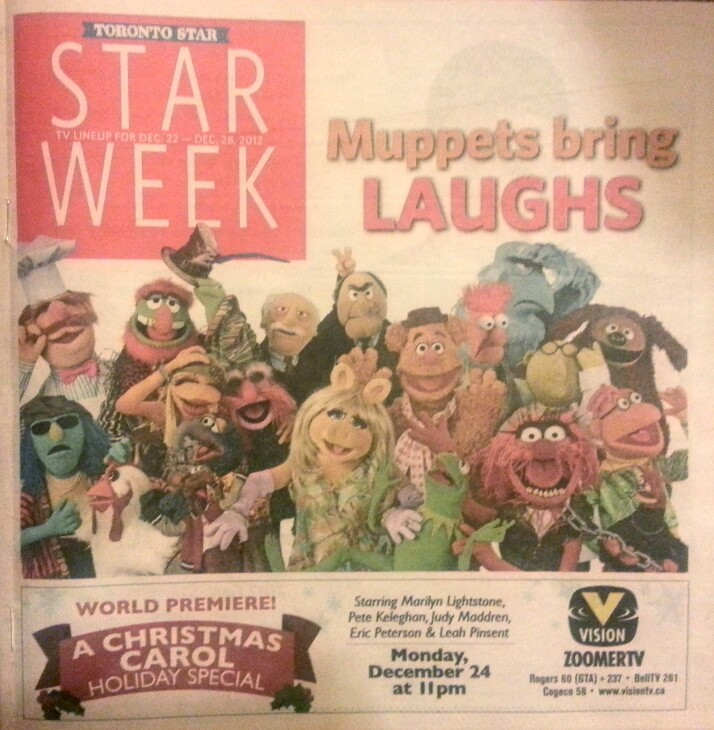
The black plastic VHS tapes started to pile up, even with Dad meticulously keeping track of the length of each movie and how much free space was left on the tape to squeeze in a third or fourth title. Eventually, he commandeered the closet in our upstairs library slash TV room and stacked towers of VHS tape drawers on top of each other. It would’ve been chaos had he also not used the family computer to type out a several-page guide, with every movie we had listed alphabetically along with what drawer you would find it in. You could seek out a specific title, or just peruse the list for ideas of what to watch. None of us, not even my dad, could be 100 per cent certain of what movies we had or didn’t have at a given time, so it was a bit like having a video rental store in your house.
Neither my brother or I thought this was in any way unusual until we’d have friends over and, deciding to pop The Muppets Take Manhattan (1984) or Teenage Mutant Ninja Turtles (1990) into the VCR, we’d pull out the movie list and be met with little slack-jawed faces of bewilderment.
It wasn’t just kiddie fare. Recently my friend Alyssa, who I’ve known since we were in daycare, confided that our house was the first place where she got to watch more grown-up movies. Her family owned lots of Disney tapes, but it was with me that she viewed her first on-screen murder in the original Death on the Nile (1978).
“Just as your family had pop in the house while mine didn’t,” she said. “Your house was my introduction to movies like The Producers [1967].”
Ever considerate, and I’m sure looking for little ways to save space on the tape, Dad would sometimes watch the movie as it aired, pausing the recording during commercial breaks and watching closely to ensure he didn’t miss the movie starting again. He’d often leave the intros, so we grew very familiar with the baritone of Mark Dailey (“the voice of CityTV”) introducing Late Great Movies or the gentle fanboying of Elwy Yost on TVO’s Saturday Night at the Movies. I remember watching my dad’s taped copy of Jane Eyre (1943) in which the host discussed the feminist implications of Charlotte Brontë’s story, but not (as I would have done) Orson Welles’s ridiculous fake nose.
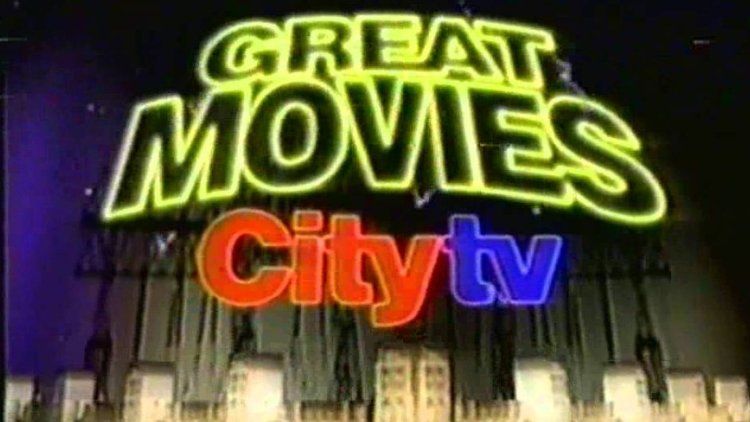
So we grew up with a wide miscellany of movies, from different genres and different eras, without a whole tonne of awareness of the difference between a classic movie and one that came out last week. Still, my dad instilled in me a good insight to keep in mind while watching films from before the 1970s: “With old movies, sometimes the enjoyment is watching how they’re telling the story as much as what the story is.” And, in his own way, he reminded us we could visit the past without losing our values. During a rousing dance sequence from a 1940’s MGM musical, featuring “clean-cut, All-American” youths singing about the USA as the “land of the free”, Dad would retort: “Notice how there’s no Black people in this movie? Wonder if they’d be singing about how great America was at the time.”
Times change and so does technology, my dad had seen this many times in his life and accepted it. The arrival of DVDs in the late 1990s first resulted in a boom for the VHS movie closet, as he filled it with now-dirt cheap tapes rental stores were selling off. Soon enough however we got a DVD player, and, of course, had to contend with which version of our favourite movies to keep. Through the years, the shelves of taped cassettes with Dad’s handwritten labels gradually depleted as he came to mistakenly believe that essentially everything was accessible, online or somewhere else.
The tapes may have dispersed but the imprint they had on our family remains. We still pepper our speech with favourite lines from Charade (1963), When Harry Met Sally (1989) or Waiting for Guffman (1996).
I’m not going to sit here and try to sell you any kind of Elder Millennial nonsense claiming the technology of VHS tapes is better than what we have now. But I will say that the effort that Dad put into building and maintaining the movie closet, the way it showed his passion for film and the pleasure he took in sharing movies with his family and friends, would not be easily replicated in this era of streaming.
Dad’s movie closet taught me not only that we are what we collect, but that a collection is only as valuable as the enjoyment you derive from it, and that enjoyment is better shared. If you mentioned to my dad that you hadn’t seen a film he thought essential, he’d practically shove the tape or DVD in your hand so you could borrow it. More than once he called me to see if I remembered to whom he lent a certain movie, months or even years before. Because of him, I’ll always have an analog movie collection, not just for me, but also to make sure the films I love are easily accessible to watch with the people I love.
Since my dad passed away I’ve found that various bits and pieces of memories of him flash across my consciousness throughout the day, distracting me from the present moment. Devoid of context or order, it’s like having a TV on in the back of the room, showing a clip show on a loop. One way in which I’m managing my grief at losing him is to take these memories and get them down in writing, give them shape and weight, and tie them to the larger story of Dad’s life.
So here’s one I’ll leave you with.
Despite my dad’s love of movies — and our home in downtown Toronto — he attended TIFF only once. A couple of family friends invited him to join them and “do” the festival together. This was 1996, before the building of the TIFF Bell Lightbox and before the Drake-ification of Toronto celebrity culture (a time when American actors felt comfortable visiting the city for its reputation that locals wouldn’t make a big deal about them). I suspect that Dad thought it was a lot of hoopla, and standing around in lines for not much payoff, but he did tell us that he saw Whoopi Goldberg from the back as she entered a building.
There was one film I remember him particularly liking: a Czech drama entitled Kolya (1996). I recall this because, long after the festival, Dad rented the movie for us to watch together. I got the sense he would’ve liked to have watched it with us the first time. That was so him. You can keep your glitzy gala premieres, he’d much prefer enjoying a movie comfortably at home with his family.
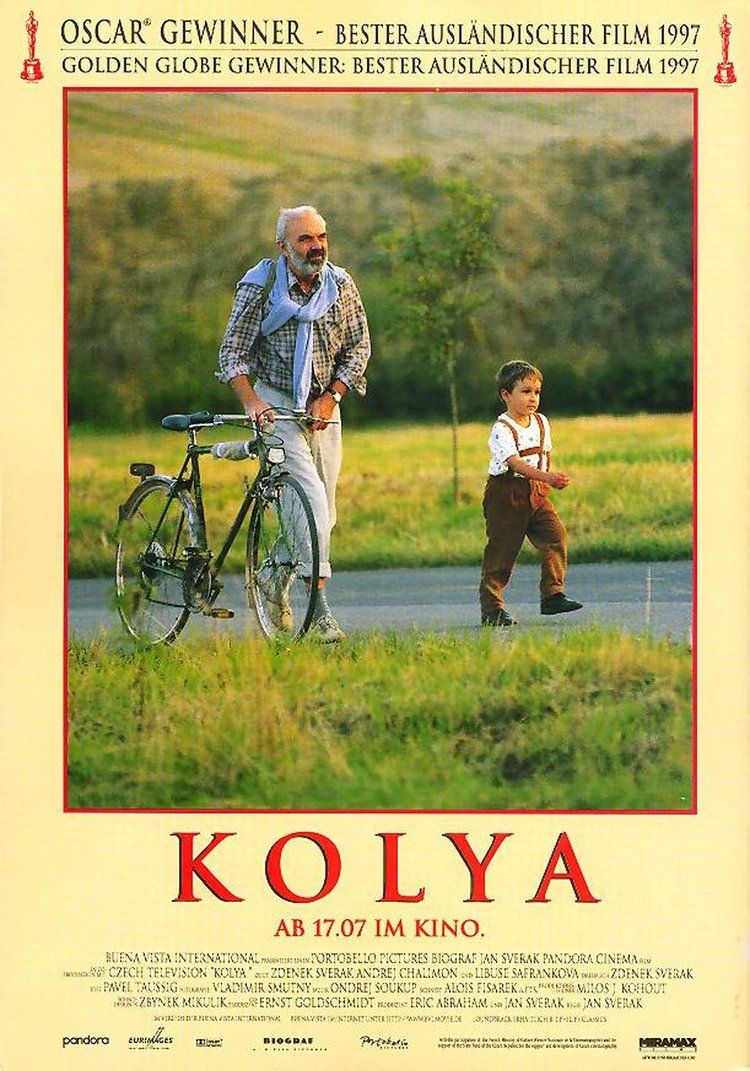
Kolya went on to do well, winning the Oscar for Best Foreign Language Film, but to the best of my recollection, Dad never taped it off TV nor bought it on home video. Despite watching it only once, I had warm feelings about how Dad integrated the family into his one TIFF experience. After his passing, I got to thinking about it. I found many copies of the DVD on eBay and ordered one on impulse. I popped it on one snowy weekend afternoon.
Set during the disintegration of the Soviet Union, it follows an aging lothario cellist who marries a Russian woman to help her with her visa, only to end up unexpectedly saddled with her young son, who speaks no Czech and does embarrassing things like salute the occupying Russian soldiers. Of course, after a rocky start, the two learn to communicate and form an unlikely, ultimately loving relationship.
“Of course,” I said to myself, as all my feelings welled up inside. “It had to be a movie about fatherhood!”
After the credits rolled, I dried my eyes, pressed EJECT on the DVD/VHS player and put the box in-between Jurassic Park (1993) and Labyrinth (1986) in my movie collection.
Max Mosher is a writer, communications specialist, and Old Hollywood Correspondent for The Town.

